Câmara Portuguesa
do Comércio e Indústria
Rio de Janeiro
Branding, Editorial

Portuguese Guitar
There’s a theory that says the Portugese Guitar appears in Europe as the instrument that accompaned a Congolese dance called "Lundum". Meanwhile it was imported to Brazil an then influenced the portugese courtship. Others say that its origin was much more distant, they say that its roots became from the "Lyre" used at Anciente Greece, and that some years after was improved for the instrument called "Zyther". This instrument has also 12 strings as the Portugese Guitar. It appeared in Portugal as accompaniment of a dance such as "Lundum", "Fandango" or "Modinha", and became very popular since 18th Century. Before Piano was known in our country, Portugese Guitar was the favorite instrument used in the Reception Room of His Majesty the King; and even after the Piano’s appearence, the Guitar’s harshfull sound continued accompaning the Piano.
There’s a theory that says the Portugese Guitar appears in Europe as the instrument that accompaned a Congolese dance called "Lundum". Meanwhile it was imported to Brazil an then influenced the portugese courtship. Others say that its origin was much more distant, they say that its roots became from the "Lyre" used at Anciente Greece, and that some years after was improved for the instrument called "Zyther". This instrument has also 12 strings as the Portugese Guitar. It appeared in Portugal as accompaniment of a dance such as "Lundum", "Fandango" or "Modinha", and became very popular since 18th Century. Before Piano was known in our country, Portugese Guitar was the favorite instrument used in the Reception Room of His Majesty the King; and even after the Piano’s appearence, the Guitar’s harshfull sound continued accompaning the Piano.

Pão-de-Açucar, Rio de Janeiro
Sugar Loaf is the most commonly recognized and sought after tourist attraction in Rio. But it has served its past inhabitants equally well. Navigators for years would spot the imposing figure as the entrance to Guanabara Bay. The first Portuguese arrivers chose the landmark as a settling location for the magnitude of visibility afforded towards the sea and mountains assuring their continued protection.
Today’s tourists enjoy the ease and comfort of a cable car ride to the top of Sugar Loaf which was first installed in 1912, blossoming the tourists industry to Rio.
Sugar Loaf is the most commonly recognized and sought after tourist attraction in Rio. But it has served its past inhabitants equally well. Navigators for years would spot the imposing figure as the entrance to Guanabara Bay. The first Portuguese arrivers chose the landmark as a settling location for the magnitude of visibility afforded towards the sea and mountains assuring their continued protection.
Today’s tourists enjoy the ease and comfort of a cable car ride to the top of Sugar Loaf which was first installed in 1912, blossoming the tourists industry to Rio.

Brasil Flag
The current flag of Brazil was officially adopted on November 15, 1889.
The flag is green, symbolic of Brazil's lush fields and forests. Its primary feature is a large yellow diamond, symbolic of Brazil's wealth in gold, and in its center floats a blue celestial globe.
It includes 27 white five-pointed stars (one for each state and the Federal District) arranged in the same pattern as the night sky over Brazil. The globe displays a white equatorial band with the motto Ordem e Progresso.
The current flag of Brazil was officially adopted on November 15, 1889.
The flag is green, symbolic of Brazil's lush fields and forests. Its primary feature is a large yellow diamond, symbolic of Brazil's wealth in gold, and in its center floats a blue celestial globe.
It includes 27 white five-pointed stars (one for each state and the Federal District) arranged in the same pattern as the night sky over Brazil. The globe displays a white equatorial band with the motto Ordem e Progresso.
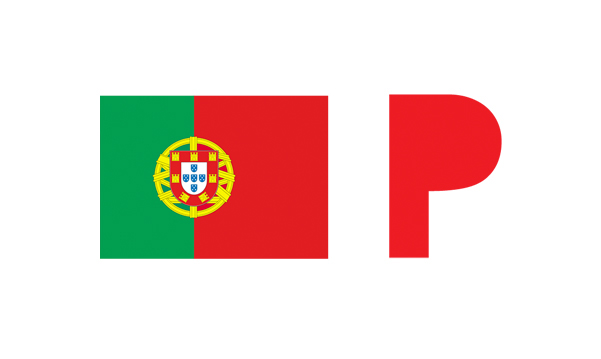
Portugal Flag
The flag of Portugal is red and green; the Portuguese coat of arms is pictured where the two colors meet. The green symbolizes hope for the future; the red symbolizes the blood of the nation. The Portuguese coat of arms has a white shield (containing five small blue shields with white dots) within a red shield (with seven small yellow castles), surrounded by yellow straps. The five blue small shields represent the five Moorish kings who were defeated by the first King of Portugal.
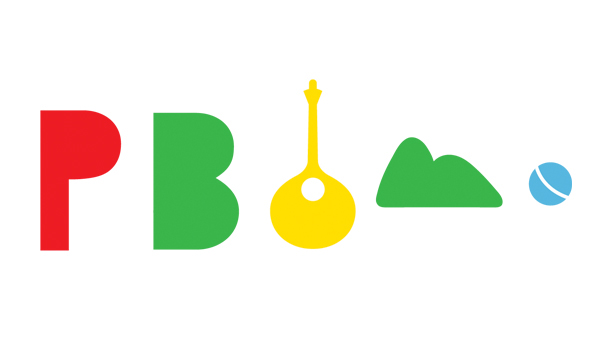
The Fusion
Currently, Brazil and Portugal cooperate in multilateral forums and have been partners in colture and economy.

The Logo
The Portuguese Chamber of Commerce and Industry of Rio de Janeiro is a civic association, nonprofit and private law, aimed at increasing trade relations,technological, social and cultural ties between Portugal and Rio de Janeiro aimed at supporting the achievement of business international companies seeking anapproaching competitive entry in the global scenario.
The Portuguese Chamber of Commerce and Industry of Rio de Janeiro is a civic association, nonprofit and private law, aimed at increasing trade relations,technological, social and cultural ties between Portugal and Rio de Janeiro aimed at supporting the achievement of business international companies seeking anapproaching competitive entry in the global scenario.
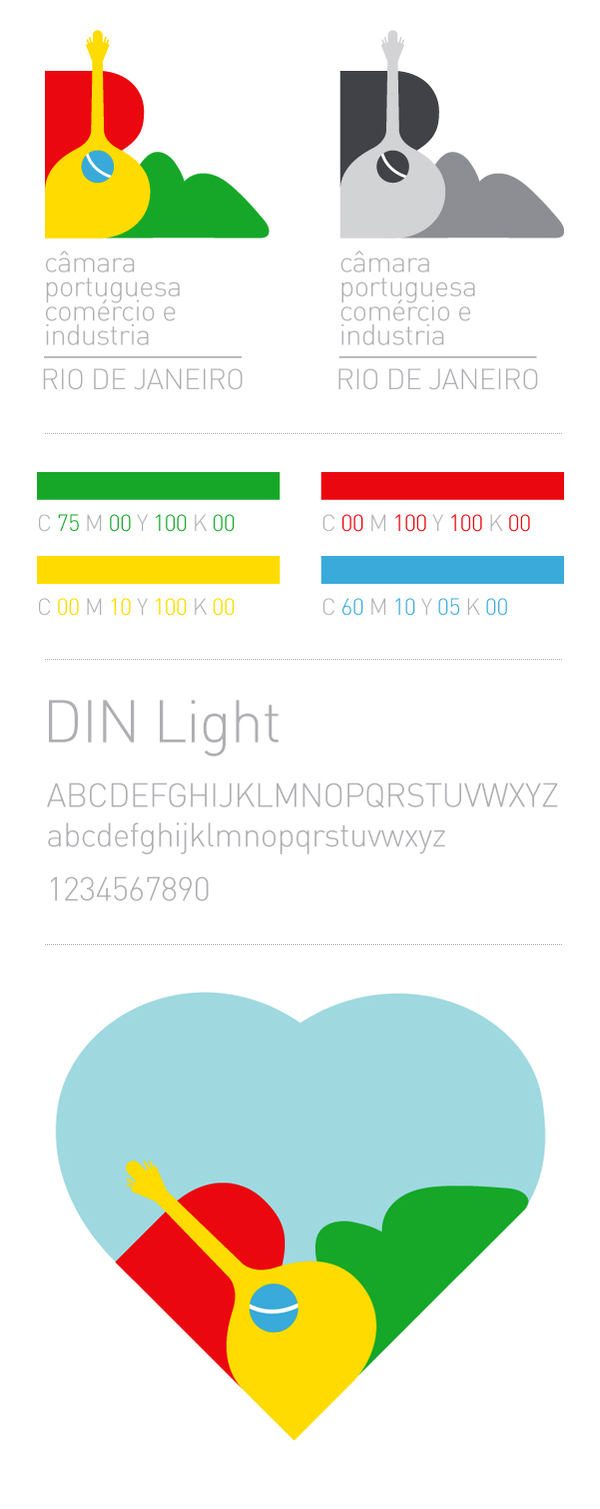
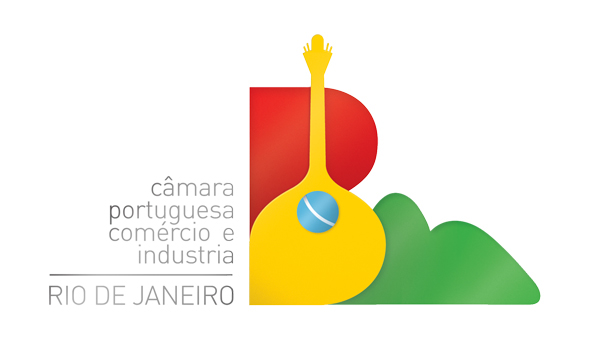

The Magazine
Many of companys produce inflight magazines, in this case we want to provide details about this association, as well as articles about places people travel to or other interesting information. Inflight publishing is an unusual niche in the magazine world. Company titles have minimal distribution costs, and readership figures come from existing passe. More than 80% of passengers read the magazines airlines place in front of them, and readers average around 30 minutes a flight with the magazines.
Many of companys produce inflight magazines, in this case we want to provide details about this association, as well as articles about places people travel to or other interesting information. Inflight publishing is an unusual niche in the magazine world. Company titles have minimal distribution costs, and readership figures come from existing passe. More than 80% of passengers read the magazines airlines place in front of them, and readers average around 30 minutes a flight with the magazines.
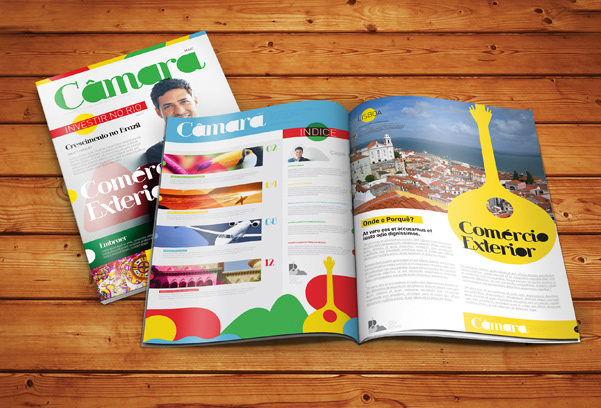
Thanks for watching! Hope you enjoyed it




